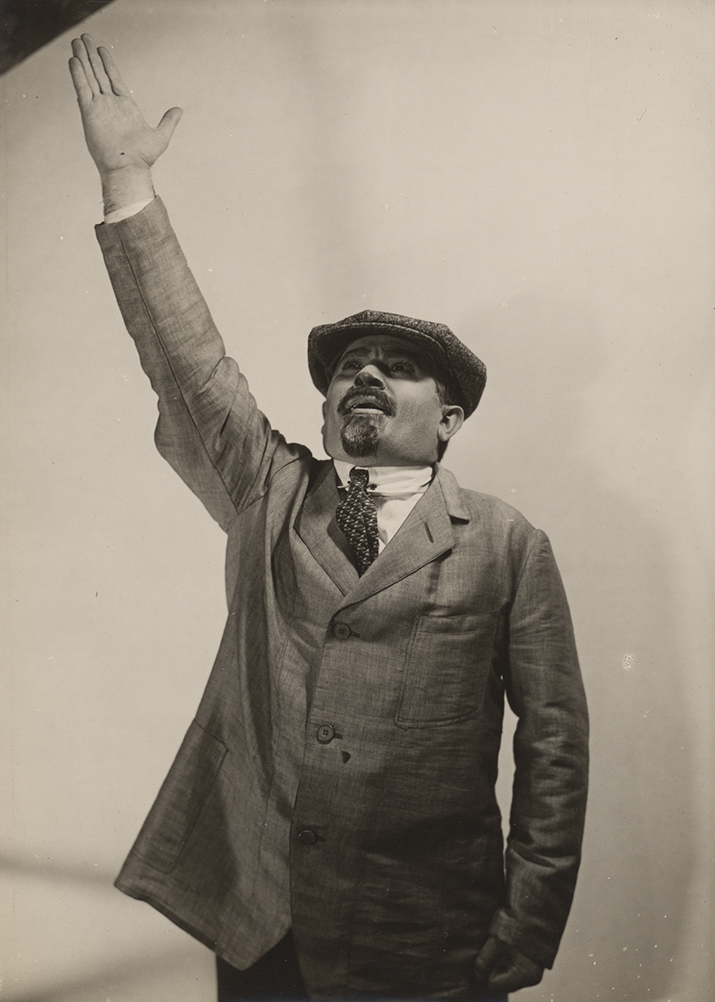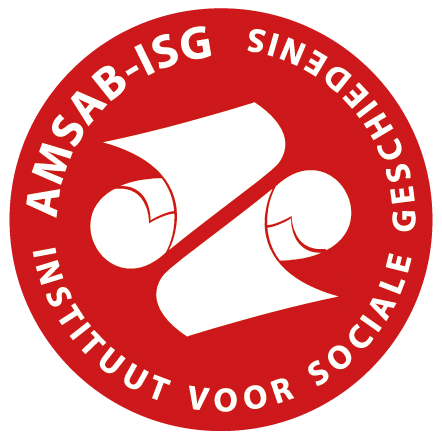Foto's van artiesten tijdens optredens, backstage en repetities: de Stones, en Sasha in het bijzonder, maken allerlei soorten 'showfoto's'. In Duitsland gaat regisseur en oprichter van het proletarisch theater Erwin Piscator in zee met Sasha Stone om de foto's voor zijn nieuwe theater te maken. De fotograaf maakt talloze foto's van acteurs tijdens de voorstelling, van repetities en zelfs decors die de moderniteit van Piscator benadrukken. Zijn beelden van actrices en acteurs hebben vaak dezelfde stilistische kenmerken: een kikvors- of vogelperspectief, de strakke kadrering rond de artiesten, het geaccentueerde lichtspel op het podium en vaak de benadrukte slagschaduw. Cami en Sasha Stone hanteren dezelfde methode voor hun dansfoto's. Het lijkt erop dat de Stones profiteerden van Sasha's reputatie als theaterfotograaf om ook dansfoto's aan te bieden. In deze tweede categorie werd het talent van de Stones om beweging vast te leggen vaak geprezen door hun tijdgenoten.
De serie 'Renaudins' vertoont dezelfde stilistische kenmerken als de andere podiumfoto's van de Stones. Het spreekkoor 'Les Renaudins' is een Belgisch ensemble dat in de jaren 1930 actief was onder leiding van Madeleine Renaud-Thévenet, docente voordracht aan het Koninklijk Conservatorium van Brussel. De naam van het koor werd ontleend aan haar achternaam. De Stones letten erop dat het koor als een hechte groep wordt afgebeeld. De groep krijgt meer dan het individu een bijzondere aandacht in haar esthetiek en gebaren.
Fotogalerij





